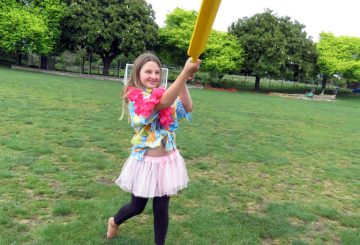Thư viện Quốc gia New Zealand đã công bố một dự án mới để số hóa báo cộng đồng. Những tờ báo này sẽ được tải lên nền tảng Papers Past, nơi đã lưu trữ hơn tám triệu trang. Thư viện đang hợp tác với Tổ chức Bảo tồn Lịch sử và Giáo dục Địa phương cho sáng kiến này.
Mark Crookston, giám đốc dịch vụ nội dung của Thư viện Quốc gia, cho biết dự án sẽ làm cho các câu chuyện địa phương dễ tiếp cận như các tin tức hàng ngày và đô thị lớn. Jane Hill, một thành viên hội đồng quản trị của Trust, nhấn mạnh tầm quan trọng của việc bảo tồn các tờ báo địa phương khi chúng ghi lại phần lớn lịch sử của New Zealand. Cô cho biết những tờ báo này chứa nội dung phong phú về người New Zealand hàng ngày và cộng đồng của họ. Nếu không được bảo tồn, “bản thảo văn bản đầu tiên của lịch sử của chúng ta” này có thể bị mất vĩnh viễn.
Quỹ tín thác nhằm mục đích bảo tồn các tờ báo của đất nước, coi chúng là một phần quan trọng trong di sản văn hóa của New Zealand. Người được ủy thác Andy Fenton nói rằng trong khi mọi người thường sử dụng các công cụ tìm kiếm trực tuyến và phương tiện truyền thông xã hội để tìm hiểu về lịch sử địa phương, thì chính các tờ báo cộng đồng nắm giữ thông tin này. Ông nhắc lại sự cần thiết phải cung cấp thông tin này cho tất cả người dân New Zealand, hiện tại và trong tương lai.
Đầu năm nay, gần như đã mất hơn một triệu bức ảnh ghi lại lịch sử của New Zealand, gần như kết thúc trong một bãi rác ở Mỹ. May mắn thay, những người đã đến Mỹ cuối cùng đã được trả lại New Zealand dưới dạng số hóa.





























































